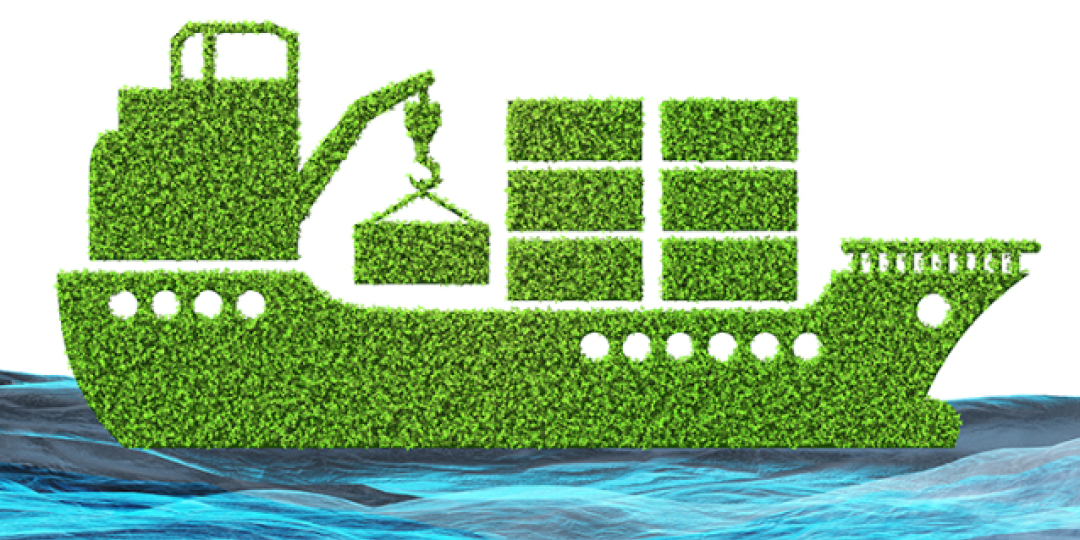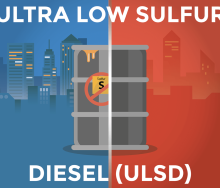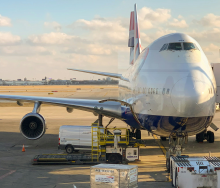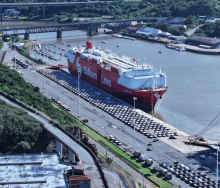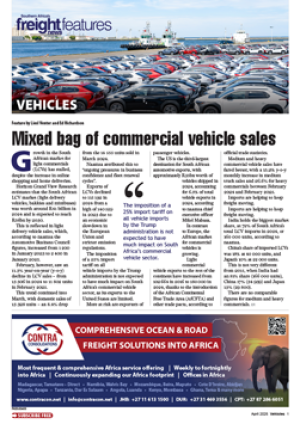By 2030 the shipping industry will require 30 to 40% of the total expected world supply of carbon-neutral fuels, according to DNV, an independent assurance and risk management company looking at environmental trends.
That’s according to information contained in DNV’s Maritime Forecast to 2050.
“That percentage will be sufficient to cover the annual demand from the industry,” DNV said.
Shipping will compete with aviation, road transport and other industries, so carbon-neutral fuel alternatives will have to pick up the pace if emission-reduction goals are to be met, the forecast says.
The target for shipping industry decarbonisation is achievable through certain operational adjustments such as reducing speed, but ultimately will require green fuel.
DNV estimates, based on the International Maritime Organisation and International Energy Agency data on fuel consumption, are that the shipping industry currently consumes about 280 mega tonnes of oil equivalent fuel annually.
Carbon-neutral fuel demand will be driven by Greenhouse Gas Emission (GHG)Protocol regulations and policies such as carbon pricing, expectations of cargo owners and consumers, and access to investors and capital to make adjustments.
The demand for carbon-neutral fuels depends on global, regional and national regulations.
GHG provides used greenhouse gas accounting standards for a number of industries globally.
It is therefore assumed that a combination of speed reduction and energy-efficiency initiatives will ensure individual vessel compliance in the short term.
